
For as long as I can remember, photography has been a part of my life. Before the age of digital cameras, I routinely carried a film camera with me everywhere I went–snapping photos of everything I could. I can’t even imagine the amount of money my parents spent on developing my endless photos of cats, friends giving each other bunny ears, and flowers in my mom’s garden.
When I was in high school, I got my first digital camera–a 1.3 MP camera that cost probably around $400 and took 4-AA batteries. It’s hard to believe that now, in a world where 15+ MP cameras cost $100 and take just one single rechargeable battery. In college, I shunned digital and went back to my roots: film. I was also knee-deep in photography classes and spending hours upon hours in the dark room, listening to either the Mars Volta or the Beatles depending upon my level of creativity, loading each negative into the enlarger, hopefully creating the image I wanted, and waiting anxiously as I watched it develop before my eyes, each bath revealing a bit more.
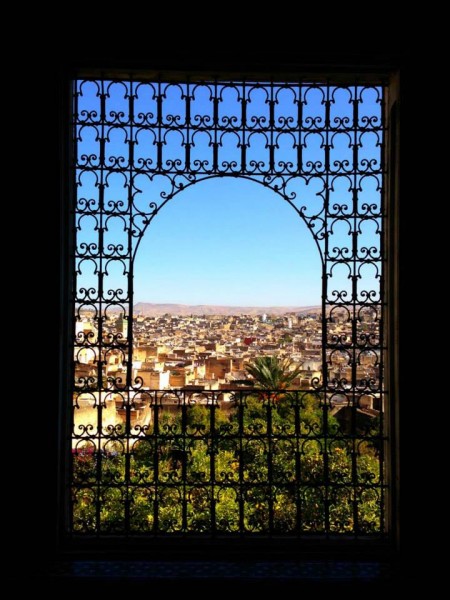
Cameras
DSLR
My primary camera is my DSLR: Canon EOS 6D. I bought it to replace the Canon EOS 50D I’d been using since 2009. The bulk of the photos you’ll see on my blog up to April 2015 were taken with the 50D.
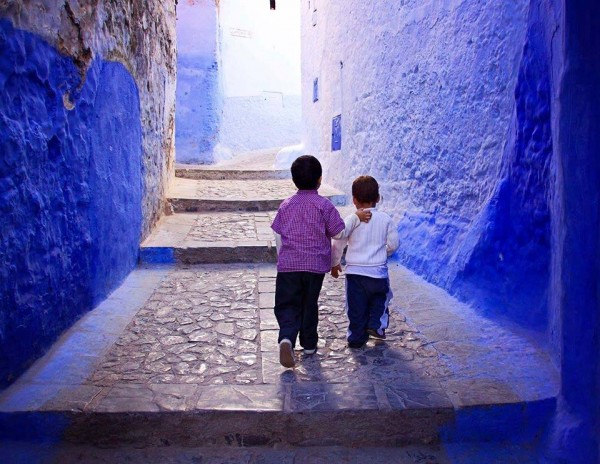
Mirrorless
I was looking for something that was lightweight and would bridge the gap between a DSLR and a Point and Shoot, so I decided it was time for a mirrorless camera. I purchased the Fujifilm X-T20 and couldn’t be happier with it. It takes some gorgeous shots.
Point and Shoot
I recently purchased a new backup camera: Sony DSC-RX100. I looooove this camera. It’s got all the capabilities of DSLR (manual, aperture priority, etc.) and it’s in a tiny little package that is so easy to throw into my purse and won’t break my back when I’m carrying it around. It also handles really well in low light (gets down to f/1.8!), something my previous Canon PowerShot G9 couldn’t. And its 20 MP kind of made my 12-MP Nikon COOLPIX S9100 obsolete.
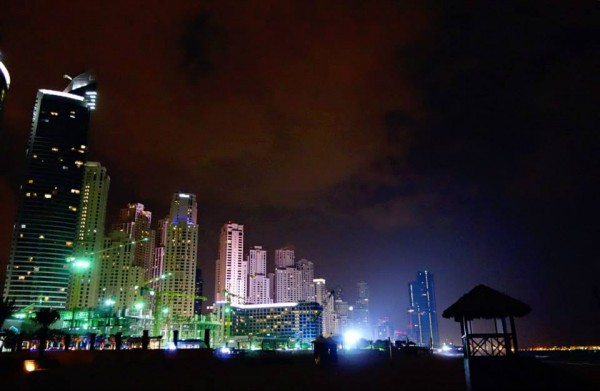
Lenses
I have had a lot of lenses come and go in my life. So I’ll breakdown my primary three lenses and also discuss other options, and why I chose to go the way I did.
Sigma 10-20mm f/4-5.6: This wide-angle lens is what I have on my Canon EOS 50D probably 75% of the time when I am traveling. If you haven’t noticed, a lot of my photography is landscape and architecture, and while I try to focus on details (and have to remind myself to do so while I travel), I am just more drawn to the bigger picture–thus, the wide angle. This lens, on my cropped-body camera, doesn’t get overly distorted, and any sort of issue can be fixed relatively easy in post process.
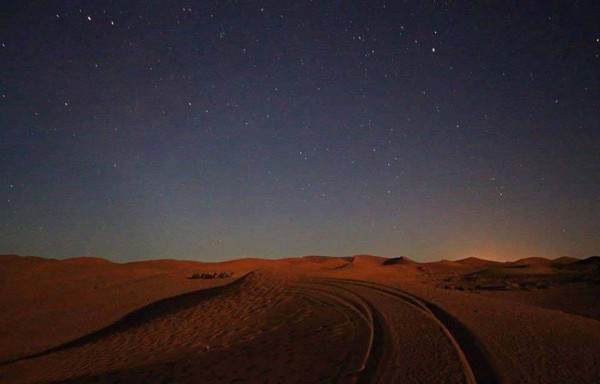
Canon EF 24-105mm f/4: This might be my favorite lens right now. It’s the only lens I took with me to India for a few weeks of travel and the only time I’d wished I had more was in Varanasi on the Ganges–a longer zoom on my full-frame would have been great. Otherwise, this lens is lovely. The fixed aperture is perfect for night shots and to get great bokeh. It’s fast and quiet and relatively small and lightweight compared to some of the higher-end Canon lenses.
Canon EF 35mm f/2: I don’t see this lens pop up nearly as much as its popular sibling, Canon EF 50mm f/1.8, but I much prefer it to the 50mm. (It can be used on both of the camera bodies I own.) Every person is different, but I don’t really like the 50mm on a cropped-body camera; it’s just too much zoom for me. But the 35mm is perfect for what I want, as it’s a bit wider and lets me have more in the frame without having to back up a lot (which is especially good when you are in tight quarters or narrow streets in Europe). And being that f/2 is still a pretty low aperture, it lets in all kinds of light and creates amazing bokeh and depth of field.
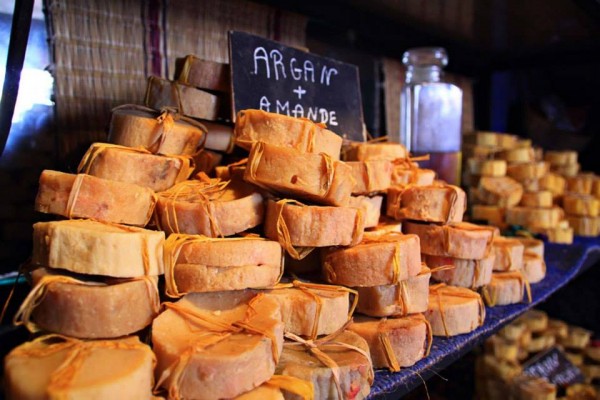
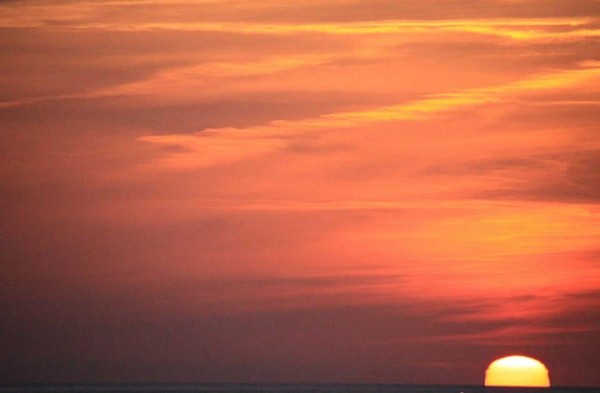
Fujifilm XC 55-230: Also for the mirrorless camera. It has great zoom for those times when you need it! Because I do a lot of city and landscape photos, I don’t get a ton of use out of this, but I do use it on occasion.
iPhone
I always have my iPhone with me. It’s great as a last resort if I can’t get to one of my cameras quickly enough, or if I just want a photo to share on my social media platforms. iPhoneography has come a long way since the days of the 3G (which was my first model) and I sometimes find that I like my iPhone photos more than the ones I capture with either of my cameras (especially now that it has dual cameras!). I also pack some Moment Lenses.
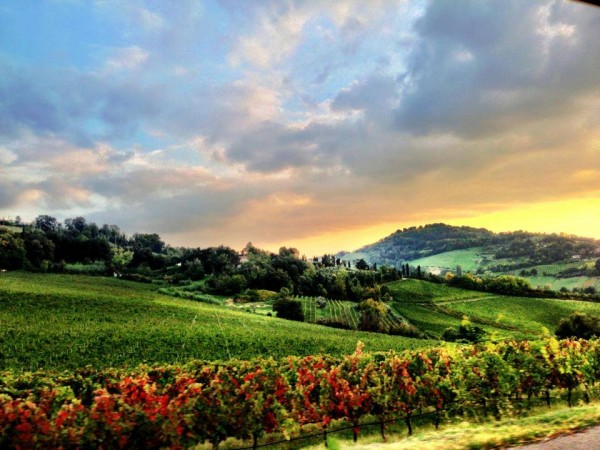
Accessories/Odds and Ends
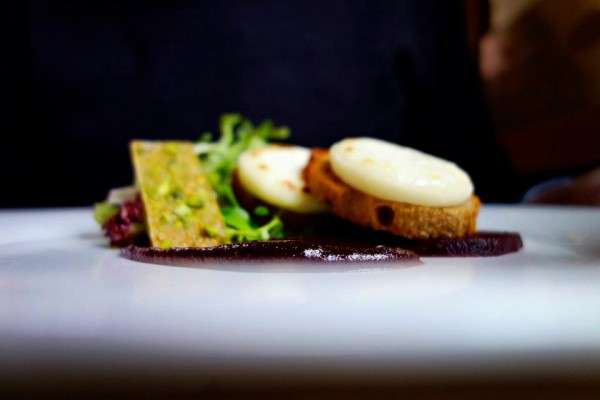
MacBook Pro: Hard-drive glitch aside, this computer has been perfect for me. It’s what I use to import all my photos, sort and organize them, and edit every one of them. It’s also super fast, which makes it so enjoyable to work on.
iPhone editing apps: Snapseed is pretty much the only editing app I ever use. If I’m using my Moment Lenses, I’ll use the dedicated app, but that’s pretty much all you need!
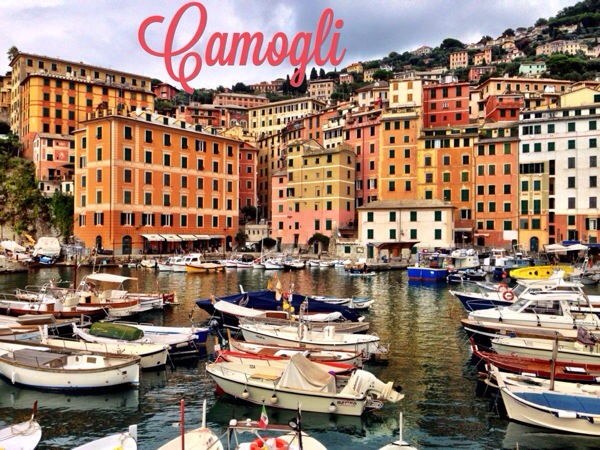
Note: The companies above did not pay me for mentioning them. I genuinely love and use everything I’ve written about. However, the Amazon links are affiliates for which I will receive a small commission if you should purchase something. Thanks for supporting Meganotravels!
I have the 7D and I’m totally obsessed! Just rented the 50mm/1.2 for my trip last week and I must say I’m quite taken by it. On the bokeh!!!
Andi recently posted..A Photographic Look At My Adventures In Buenos Aires, Argentina
Nice! I wish I could get into the 50mm. It’s just not wide enough for what I want. I bet your pictures looked amazing though!
Oh my goodness… Just discovered your blog… and it will be perfect for my three month trip later this year! I was just wondering what camera bag you have? I’ve been struggling to decide how I want to carry my Canon 60D, two lenses and Macbook Air when I’m over there! Do you have an over the shoulder? Or would you suggest just having a normal handbag with a camera bag insert? Thanks so much and I will be using you blog all the time now!
Hi Tess! To carry everything over to Europe, I stashed everything in a simple Dankine backpack (there was a laptop area built into it and then I put the lenses and body in the main body area and all the accessories in the small pouch). Then, when I was headed out just for the day, I’d carry my camera and whatever lens and extra batteries/cards I needed in my purse. If you want a dedicated camera-specific bag, I’d recommend checking out On a bags and Jo Totes as they both have fashionable purse-like camera bags for ladies. :) Hope that helps! Let me know if you have any other questions.
I also cover a bit more about what to pack and how to break it down in different bags in this post: http://www.meganotravels.com/pack-3-months-europe-fallwinter/
Some loveky advice. Was looking for a camera for my travels and this was really helpful. Thanks for taking the time.